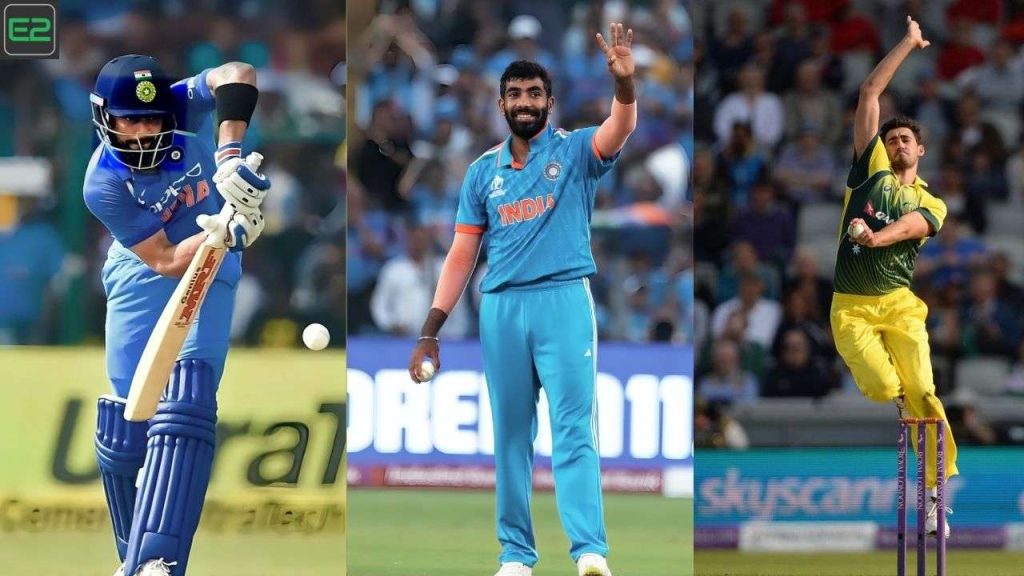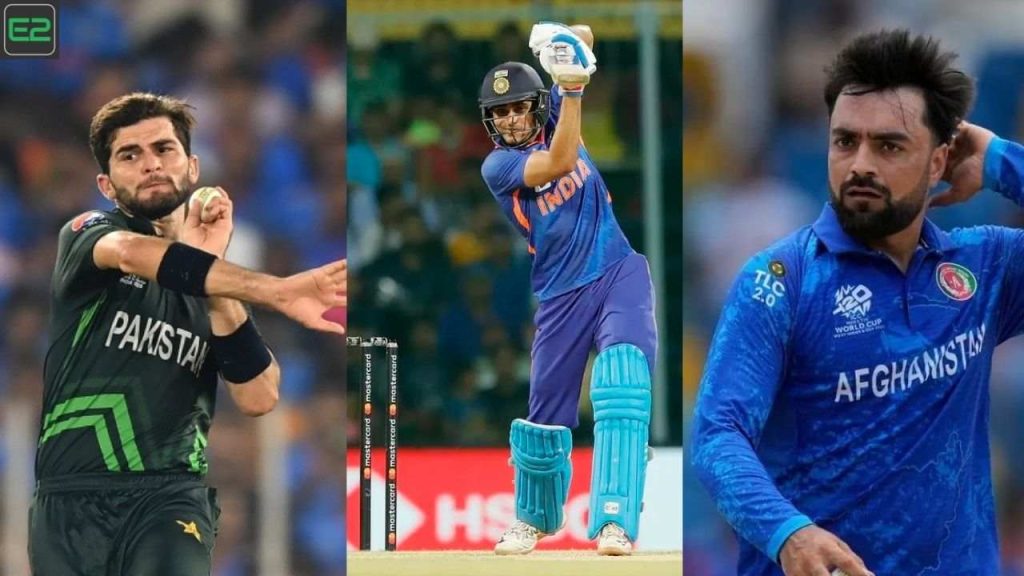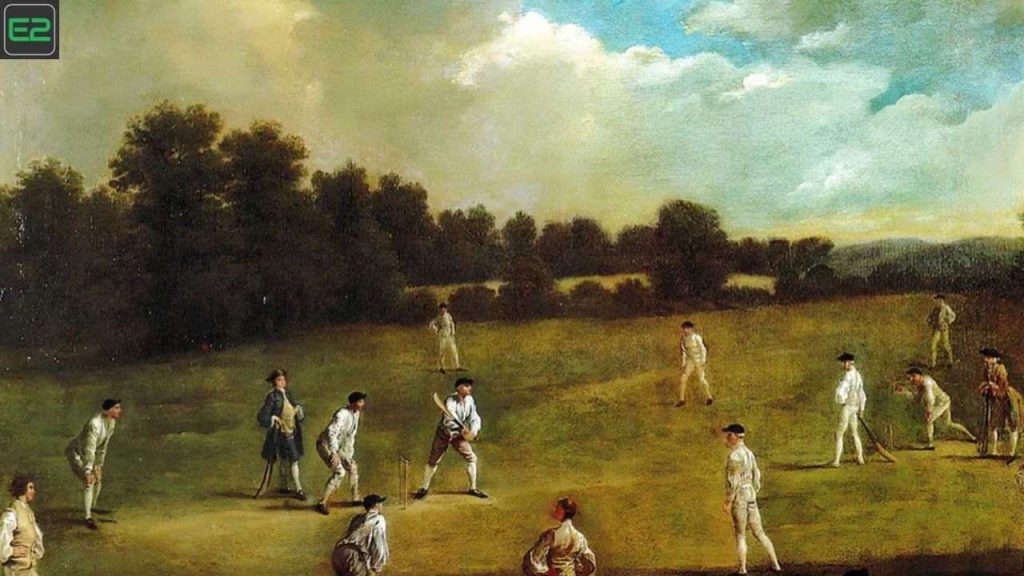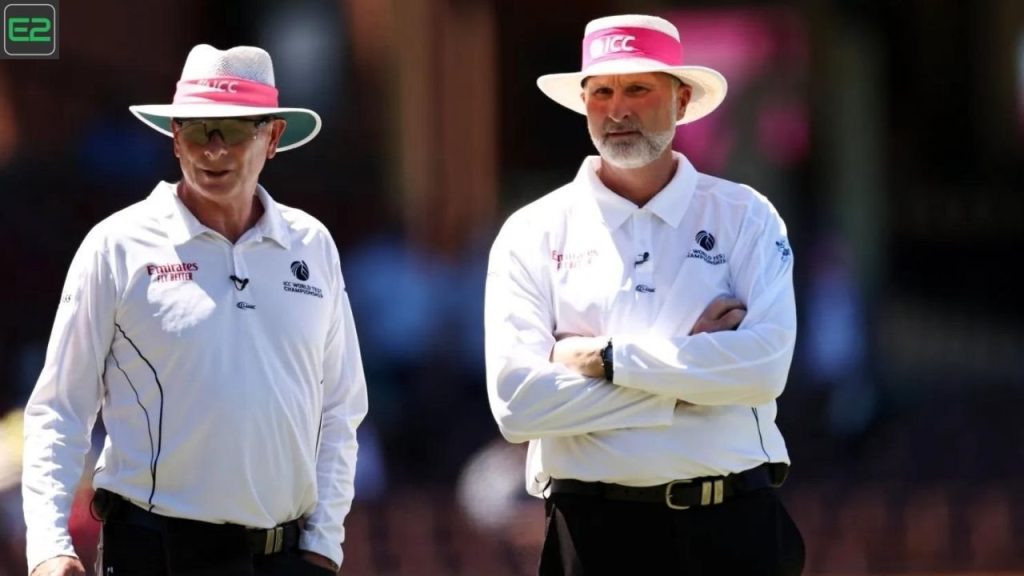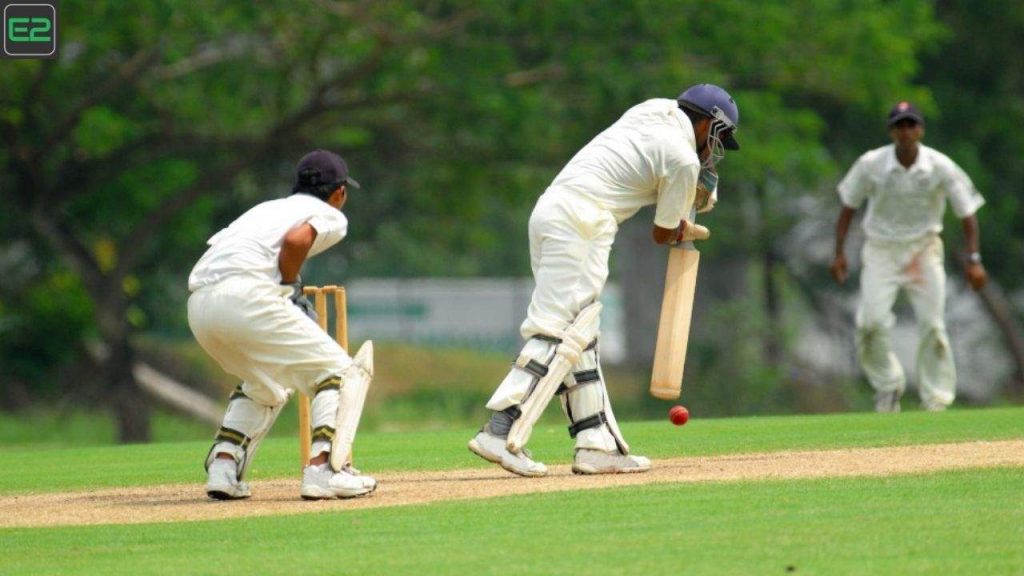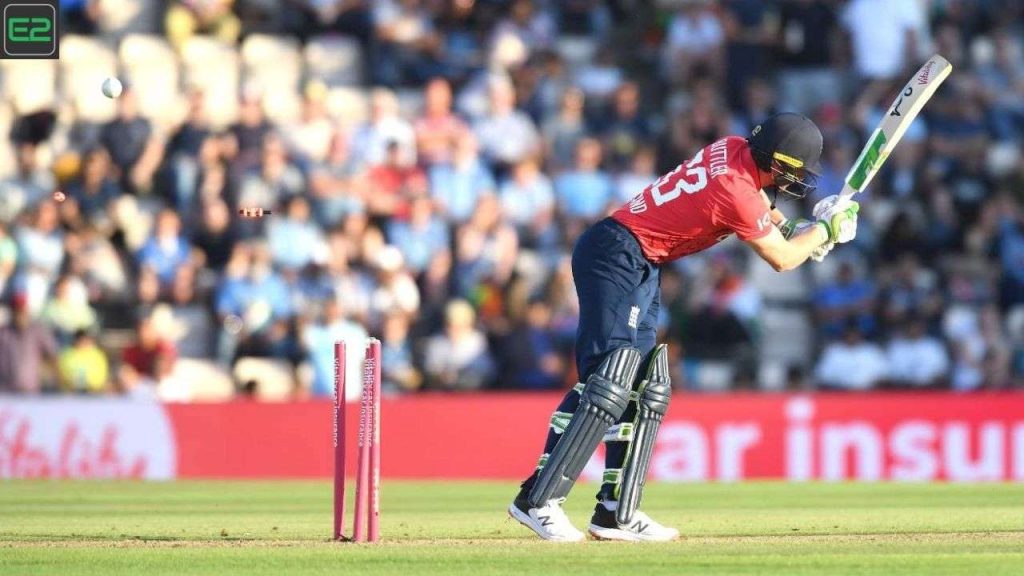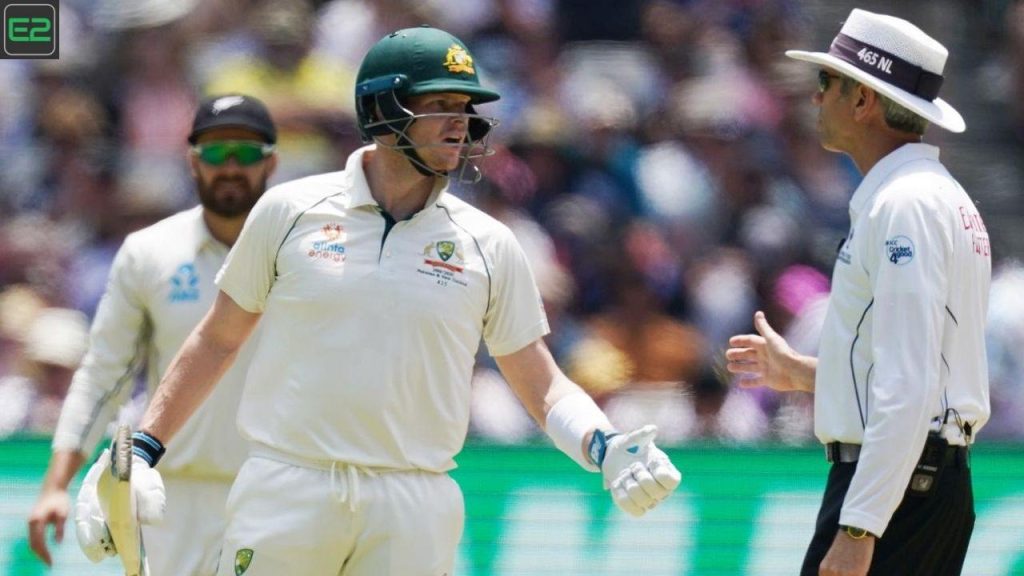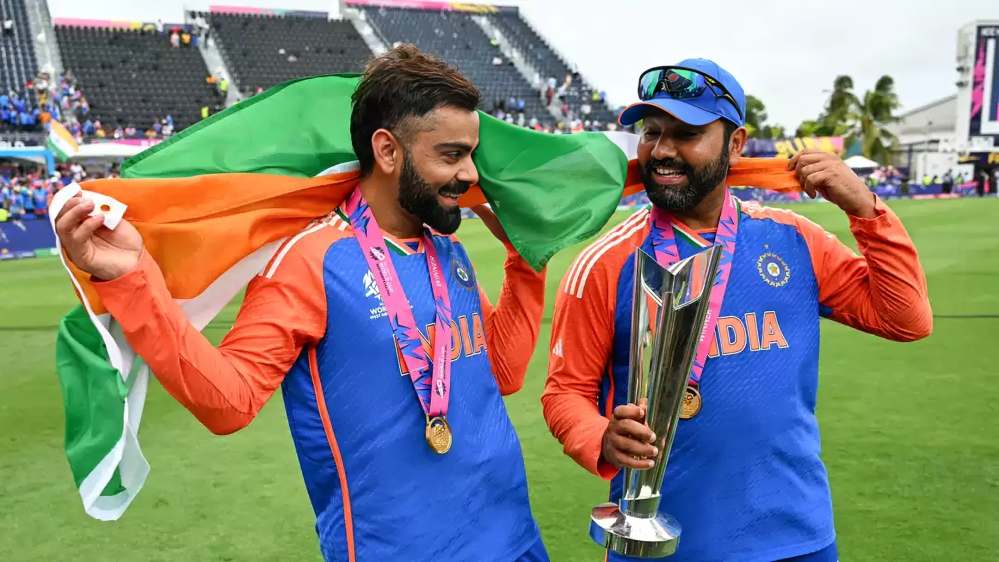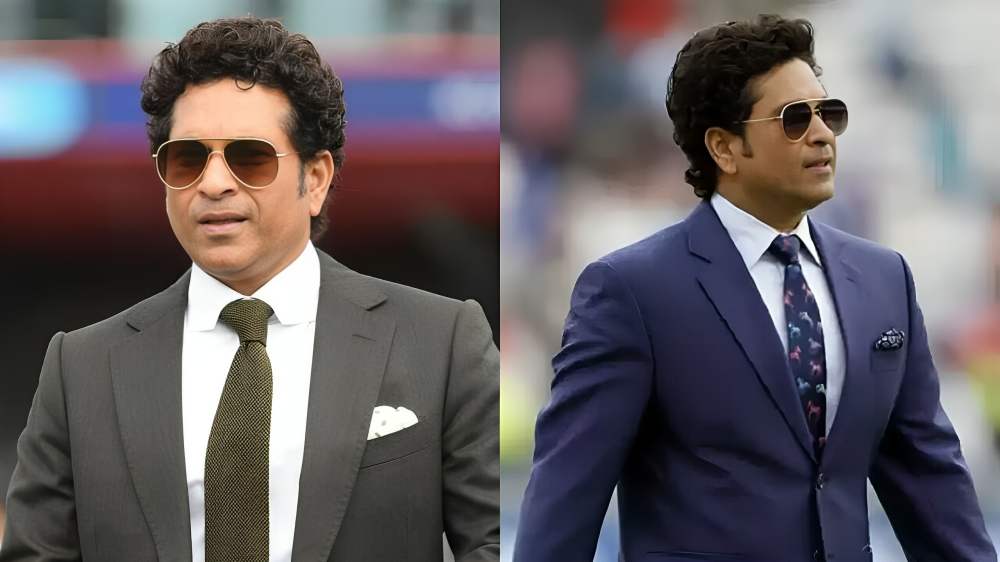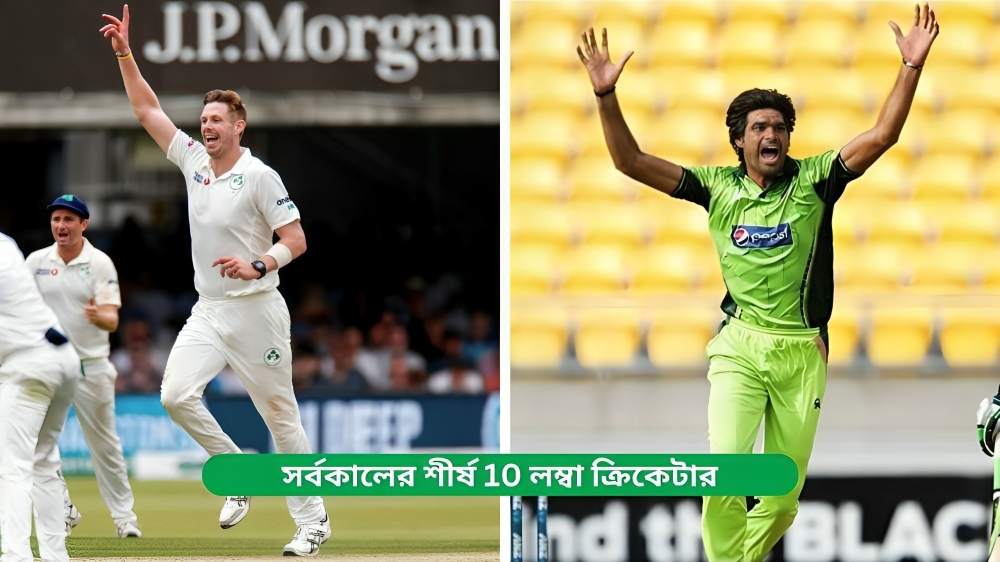Mohammad Kaif: Mohammad Kaif, once regarded as one of India’s promising cricketers, carved a niche for himself in Indian cricket during his early years. Known for his exceptional fielding, gritty batting, and youthful energy, Kaif earned recognition for his performances on the field, most notably his match-winning knock in the 2002 NatWest Series final against England.
Mohammad Kaif: Despite his promising start, Kaif’s career took an unfortunate downturn over time. This article explores the key factors that contributed to the end of Mohammad Kaif’s cricket career, from his diminishing form to the changing dynamics of Indian cricket, and provides a comprehensive view of his legacy.
Early Promise And Rise In Indian Cricket
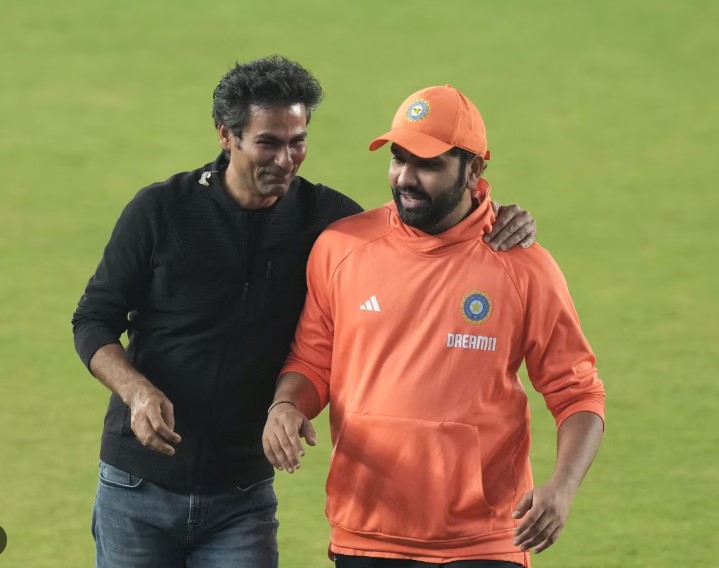
Mohammad Kaif: Mohammad Kaif’s rise in Indian cricket was meteoric. Born in 1980, Kaif’s talent as a batsman and fielder was evident from a young age. He made his debut for India in 2000, and his performances in domestic cricket quickly made him a fixture in the national team. Kaif’s crowning moment came in 2002 when, alongside Sourav Ganguly, he played a pivotal role in India’s win over England in the NatWest Series final. His 87-run innings under pressure in that match cemented his place in the Indian middle order.
Mohammad Kaif: His fielding, too, was exceptional, with Kaif quickly becoming one of the best fielders in the world, frequently saving boundaries and taking incredible catches. As an athlete, he represented the new era of Indian cricket – one focused on fitness, agility, and aggressive cricket. However, despite his early success, Kaif’s career faced several setbacks in the following years.
The Transition In Indian Cricket
Mohammad Kaif: In the early 2000s, Indian cricket was going through a transition. The team was evolving from a more conservative approach to a modern, aggressive style of play, with the advent of players like Virender Sehwag, Yuvraj Singh, and MS Dhoni. These players brought in a fresh approach, with a focus on power-hitting, aggressive batting, and dynamic fielding.
Mohammad Kaif: As the team’s batting dynamics shifted, the middle-order slot that Kaif had filled began to evolve. Kaif, who was known for his steady approach, faced stiff competition from more attacking players. This change was evident when players like Yuvraj Singh and MS Dhoni started to dominate the Indian middle order. With Dhoni’s rise as a power-hitter and Yuvraj’s explosive batting, Kaif’s more restrained approach started to lose relevance in the new, fast-paced cricket environment.
Loss Of Form And Inconsistent Performances
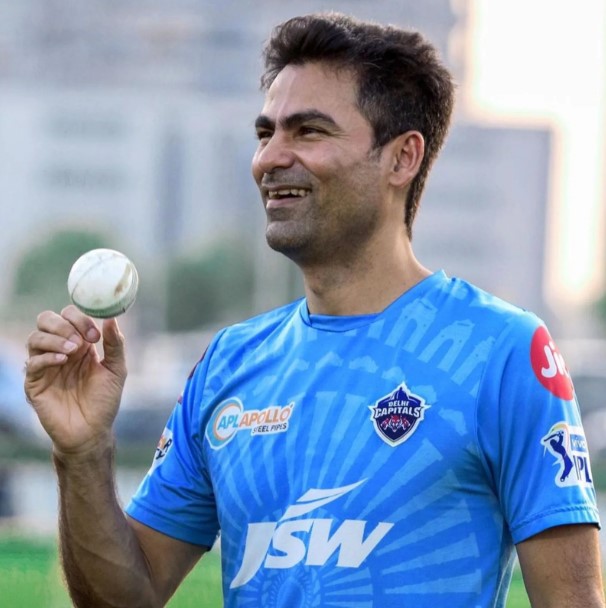
One of the major reasons for Mohammad Kaif’s decline in international cricket was his gradual loss of form. His consistency, which had been his strength, started to diminish as his performances in both domestic and international cricket became erratic. While Kaif could play occasional match-winning innings, his lack of a consistent run in the middle order led to him being overlooked for more aggressive alternatives.
Kaif’s batting skills, which once earned him accolades, appeared outdated in comparison to the new wave of aggressive players. His ability to anchor the innings was appreciated in the earlier stages of his career, but as India embraced the T20 format and a more attacking approach to One Day Internationals (ODIs), his conservative style came under scrutiny.
Over the years, Kaif failed to establish a strong position in the team, especially with the rise of younger players like Suresh Raina and the aforementioned Yuvraj Singh. As a result, Kaif’s opportunities began to dwindle. Despite his ability as a fielder, his inability to consistently perform with the bat kept him out of the playing XI more often than not.
Mohammad Kaif’s Batting Statistics
| Format | Matches Played | Innings | Runs | Average | Highest Score | 100s | 50s |
|---|---|---|---|---|---|---|---|
| Test Cricket | 13 | 21 | 624 | 34.67 | 148 | 1 | 3 |
| One Day Internationals (ODIs) | 125 | 115 | 2753 | 32.01 | 111 | 1 | 17 |
| T20 Internationals (T20Is) | 37 | 32 | 317 | 16.68 | 43 | 0 | 1 |
While Kaif showed glimpses of his talent, his inability to perform consistently with the bat eventually led to him being dropped from the Indian team. His performances in ODIs were also underwhelming, especially when compared to others in the team.
Emergence Of New Players
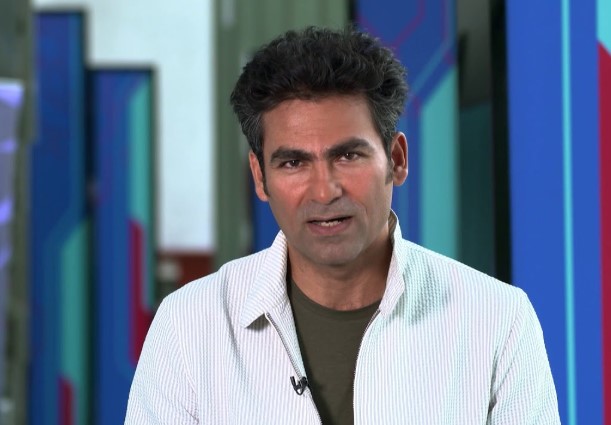
As the Indian cricket team started to evolve, new players began to emerge, making it difficult for Kaif to maintain his place in the squad. Players like MS Dhoni, who was not only a brilliant wicketkeeper but also a destructive batsman, added a new dimension to the Indian team. Dhoni’s rapid rise to prominence eventually overshadowed Kaif’s performances, as he was able to provide more in terms of batting depth and explosive finishes.
At the same time, India’s middle-order grew stronger with the addition of Yuvraj Singh, who was more dynamic and destructive with the bat. Kaif, who was not known for his aggressive style, found himself in a highly competitive space with these players emerging as key fixtures in the team. Moreover, the rise of Suresh Raina, who could deliver both with the bat and in the field, made Kaif’s place in the team increasingly uncertain.
Decline In Fitness And Lack Of Opportunities
Fitness has become one of the cornerstones of modern-day cricket, and it played a significant role in Kaif’s decline. While he was one of the fittest players in the early part of his career, over time, his fitness levels started to deteriorate, which affected his overall performance. As the game became more physically demanding, players like Virat Kohli and Rohit Sharma raised the bar when it came to fitness, pushing the boundaries of modern-day cricket. Kaif struggled to maintain his level of fitness, and this, along with his declining form, contributed to his eventual downfall.
Additionally, the increasing focus on T20 cricket and the rise of the IPL (Indian Premier League) provided new avenues for younger players to showcase their skills. Kaif, however, found it difficult to adapt to the T20 format, and although he played a few seasons in the IPL, he did not have a significant impact. The influx of younger, dynamic cricketers pushed Kaif even further down the pecking order.
Retirement And Life After Cricket
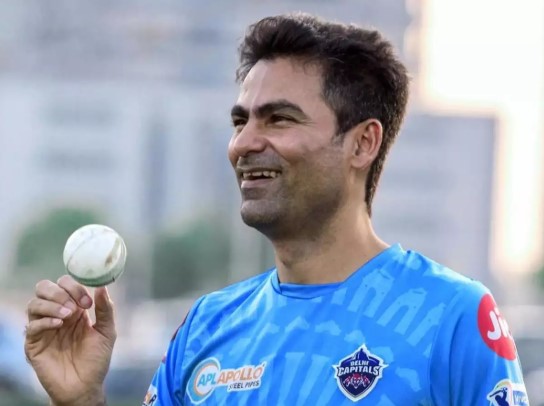
Mohammad Kaif was eventually dropped from the Indian team in the late 2000s. Despite his appeal as a top fielder and occasional reliable batsman, the aggressive nature of modern cricket meant that Kaif no longer had a place in the team. His decline in form, coupled with the rise of more aggressive players, led to his gradual exit from international cricket.
Kaif, however, continued playing domestic cricket for a few years before announcing his retirement in 2018. After retirement, he transitioned into a cricket commentator and analyst. He has also been involved in coaching and mentoring young cricketers. While his international cricket career may have ended prematurely, Kaif remains a respected figure in Indian cricket history, particularly for his fielding exploits and contributions to India’s early 2000s cricketing success.
Key Milestones In Mohammad Kaif’s Career
| Year | Event |
|---|---|
| 2000 | Debuted for India in ODIs and Tests |
| 2002 | Played a match-winning knock in the NatWest Series Final |
| 2003 | Part of India’s 2003 World Cup squad |
| 2006 | Scored 111 in an ODI against West Indies |
| 2007 | Dropped from the Indian team for the first time |
| 2011 | Last played ODI match against West Indies |
| 2013 | Final retirement from domestic cricket |
The end of Mohammad Kaif’s career was the result of multiple factors, with the primary reason being his inability to adapt to the changing dynamics of Indian cricket. The shift towards an aggressive and attacking style of play meant that Kaif’s more conservative batting style no longer fit in with the team’s needs. In addition, his declining fitness, coupled with fierce competition from younger players, led to his exclusion from the Indian squad.
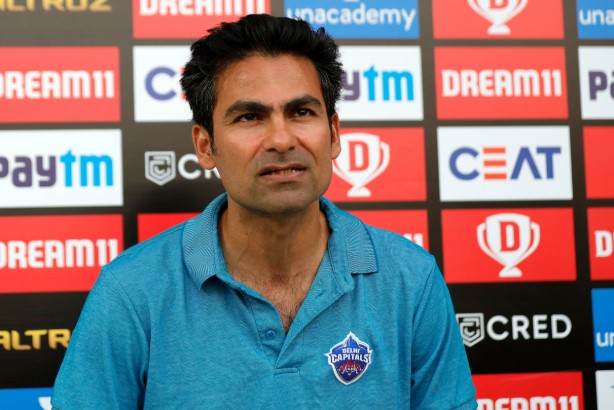
Despite the end of his international career, Kaif’s legacy as one of India’s finest fielders and a valuable middle-order batsman remains intact. His contributions to India’s early success in the 2000s, especially during the NatWest Series, will always be remembered by cricket fans. Kaif’s career serves as a testament to how evolving team strategies and individual performances can shape the trajectory of a cricketer’s career.


